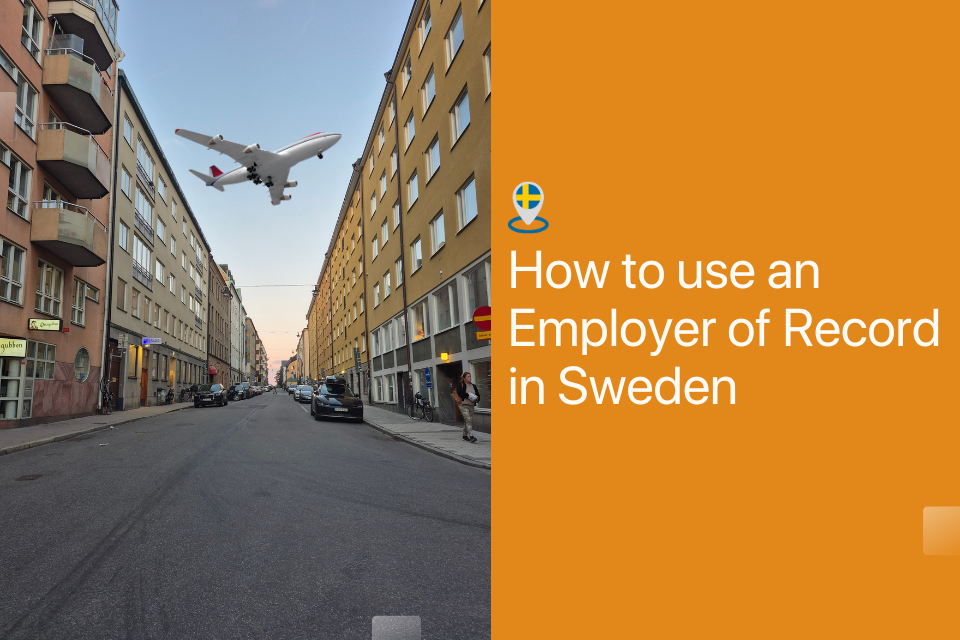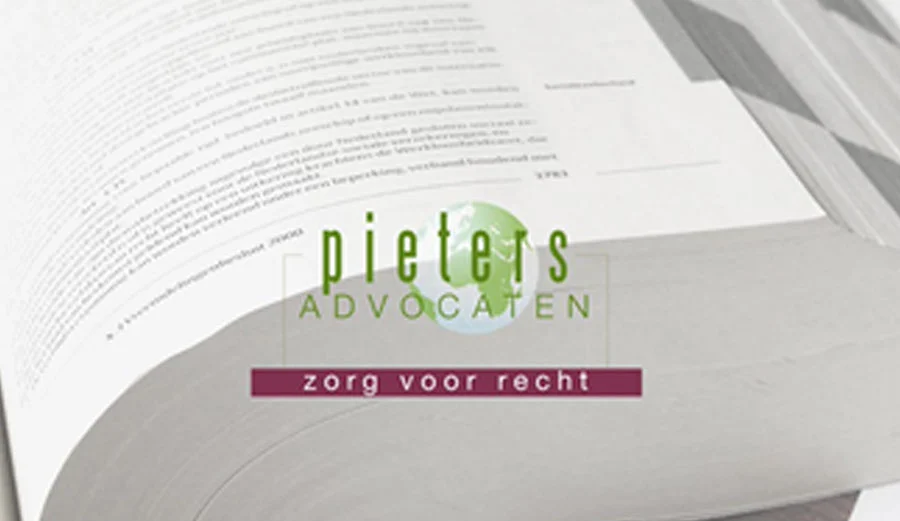This article by Apoorva Mathur was originally published on Apporva's LinkedIn page and is republished here with permission. You can read the original article here.
My wife and I moved to Amsterdam in 2006. The Indian community in The Netherlands was still small then, the tech boom for Indian IT companies was in its infancy, and Amstelveen was not the half-Indian suburb it seems like today. At Dinner parties with other Indian expat families, there was one topic that was almost always a part of the conversation: the famous Dutch directness! At the same time, I did often wonder what the Dutch would be saying about us Indians in similar gatherings. Would there be a mention of the renowned head-shake, would there be a sense of wonder about what we meant as we used those flowery English words?
Over the past 11 years, I have learnt a few things "on the job", and I believe I am a bit more aware of the cultural differences. However, there are still times when I am caught by surprise. So I was happy when a friend advised me to read "The Culture Map" by Erin Meyer. The book has helped me develop more perspective on how cultures differ and (more importantly) how these differences manifest in the workplace. Meyer describes eight dimensions of culture and plots several countries on these dimensions. She does so in a fun manner (there are many interesting stories in the book!) and easy to understand. What fascinated me most is how India and The Netherlands compare on these dimensions. On most criteria, the differences are quite stark.
Communication
The Dutch are at one end of the spectrum here with their communication being low-context. Good communication is precise and simple and is meant to be expressed and understood at face value. Indians are almost at the other end of the spectrum with a preference for high-context communication. Good communication is sophisticated and nuanced, and messages are both spoken and read between the lines. The significant distance on this parameter explains why Indians can find the Dutch too direct and even abrupt, while the Dutch wonder what exactly their Indian colleagues are saying!
Trust
The other big difference is how trust is developed in the two cultures. The Dutch are, in general, rather task-oriented in this respect. Do good work, be reliable and consistent - and you will be trusted. Indians are mostly relationship-oriented in this respect. Sharing personal time is almost a qualifying condition for trust to develop, and it's usually something that does not happen right away. When I first moved here, I was fascinated by how my Dutch colleagues had great professional relationships at work but hardly ever met their colleagues outside of work. In India, we were going out with colleagues very often - sometimes as much as 2-3 times a week.
Leadership
Another major difference is in the realm of leadership. In The Netherlands, the general distance between the boss and subordinate is low. The best bosses are facilitators among equals. In India, on the other hand, the general distance between the boss and subordinate can be quite high. The best bosses are strong directors who can lead from the front. A Dutch boss once shared with me that he was fed-up with how reverent I was in his presence. That was a revelation for me! In fact, I have indeed found this one very tricky. As a manager, I have sometimes over-compensated by facilitating when I could have been directive - once even coming across as disinterested!
Decision-making
There are also significant differences in the manner in which decisions are made. In The Netherlands, the preference is for consensus-based decision-making, while in India it is usually top-down and bosses are expected to make the decisions. This is the reason we hear Indians complain about decisions taking a long time in The Netherlands, and why the Dutch are sometimes surprised about their Indian manager not involving them in everyday decisions.
Intercultural competence is seen as a key determinant of success in our globalised and digital world. "The Culture Map" was a great way for me to get perspective on this journey. I live and work at the intersection of many cultures. For me, it is meaningful (and fun!) to be aware of my context.
Views and opinions expressed here are personal
Since the Indian community has grown and is on the constant rise, I would suggest you move to the country and shape your career in the best possible way.
You can seek help from the professionals at ADT Solution and increase your chances of moving to Amsterdam or anywhere across Europe.






 +31 97010259351
+31 97010259351 +44 7401131349
+44 7401131349